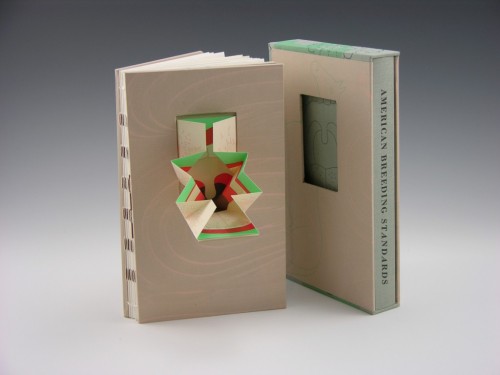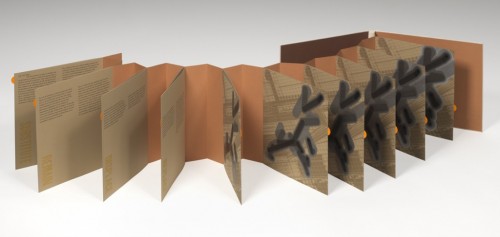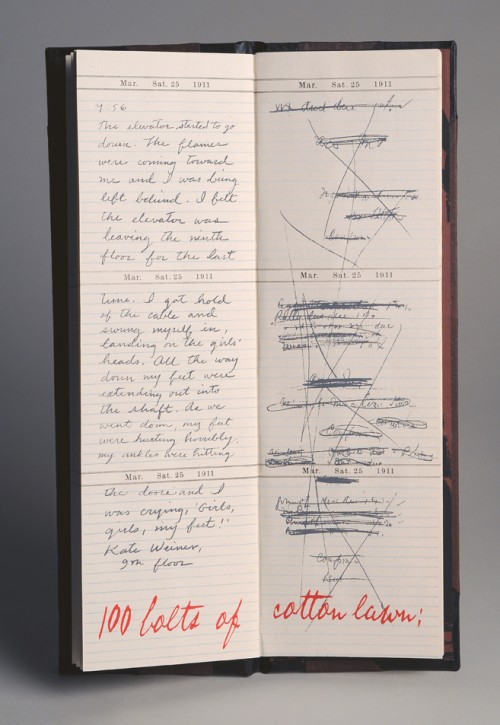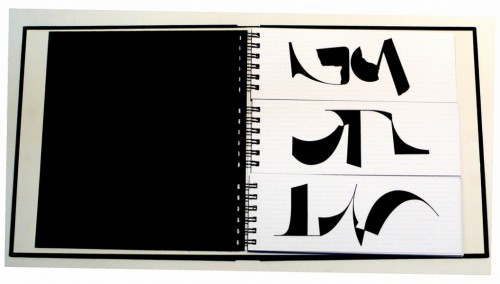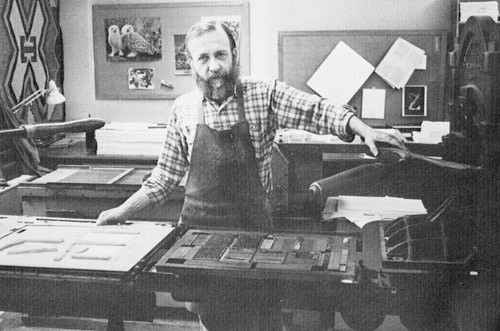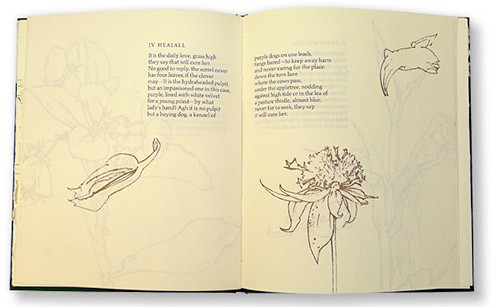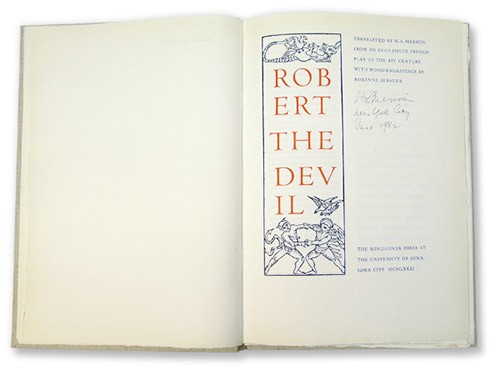A few months ago, as part of my prompt challenge group, I did a mockup of a book using an Emily Dickinson poem. Since then I’ve been reading about Dickinson with the thought of expanding that book. One of the first things I learned was that Dickinson bound clean copies of her poems into little booklets (now called fascicles) with a simple stitch of string through the spine.
Jan Bervin has studied these fascicles and was interested in the marks Dickinson made on the pages — she uses a + to indicated variant words, words that could be substituted to change the meaning of the poem. Bervin says
The variant words are preceded by the + mark and often appear listed in clusters after the poem but before the horizontal line Dickinson drew to signal the end of a poem. To read the variants, you move backwards through the poem trying to find the point of insertion, the corollary word or phrase (preceded by a +) that the variants refer to in the poem. They are sometimes quite close in meaning to the marked word, but in other instances, they are as far ranging as “+ world, + selves + sun.”
Bervin used these marks as the basis for quilts (see picture above). She says
I wanted to see what patterns formed when all of the marks in a single fascicle, Dickinson’s grouping of poems, remained in position, isolated from the text, and were layered in one composite field of marks. The works I created were made proportionate to the scale of the original manuscripts but quite large—about 8′ wide by 6′ high—to convey the exact gesture of the individual marks.
Below are two more photos of her quilts (click on them to see much larger photos). You can see more here. In addition, Granery Books, in conjunction with Bervin, made an artist’s book called The Dickinson Composites.

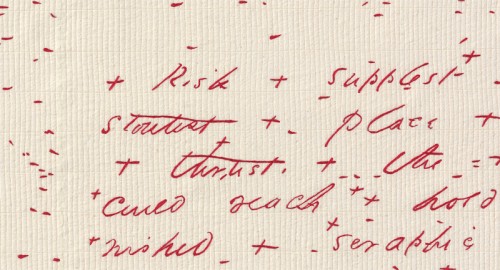
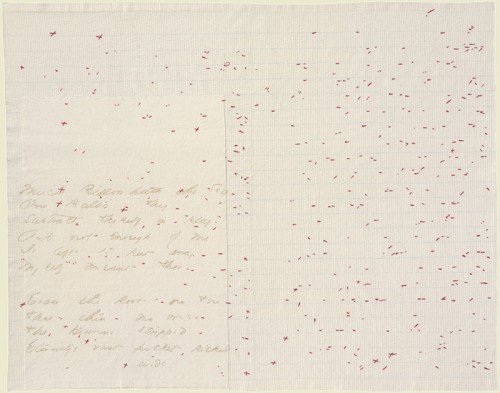
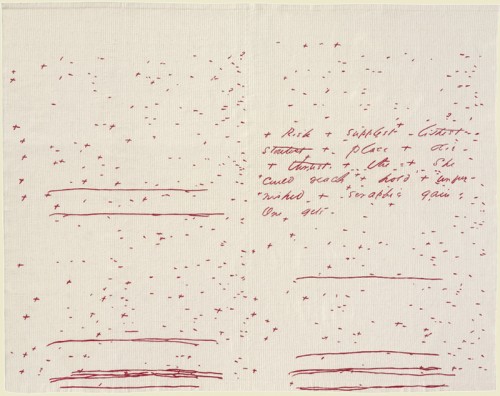
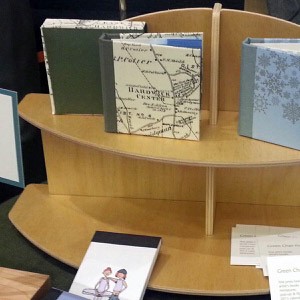 I’ll be exhibiting my books and ephemera at
I’ll be exhibiting my books and ephemera at 